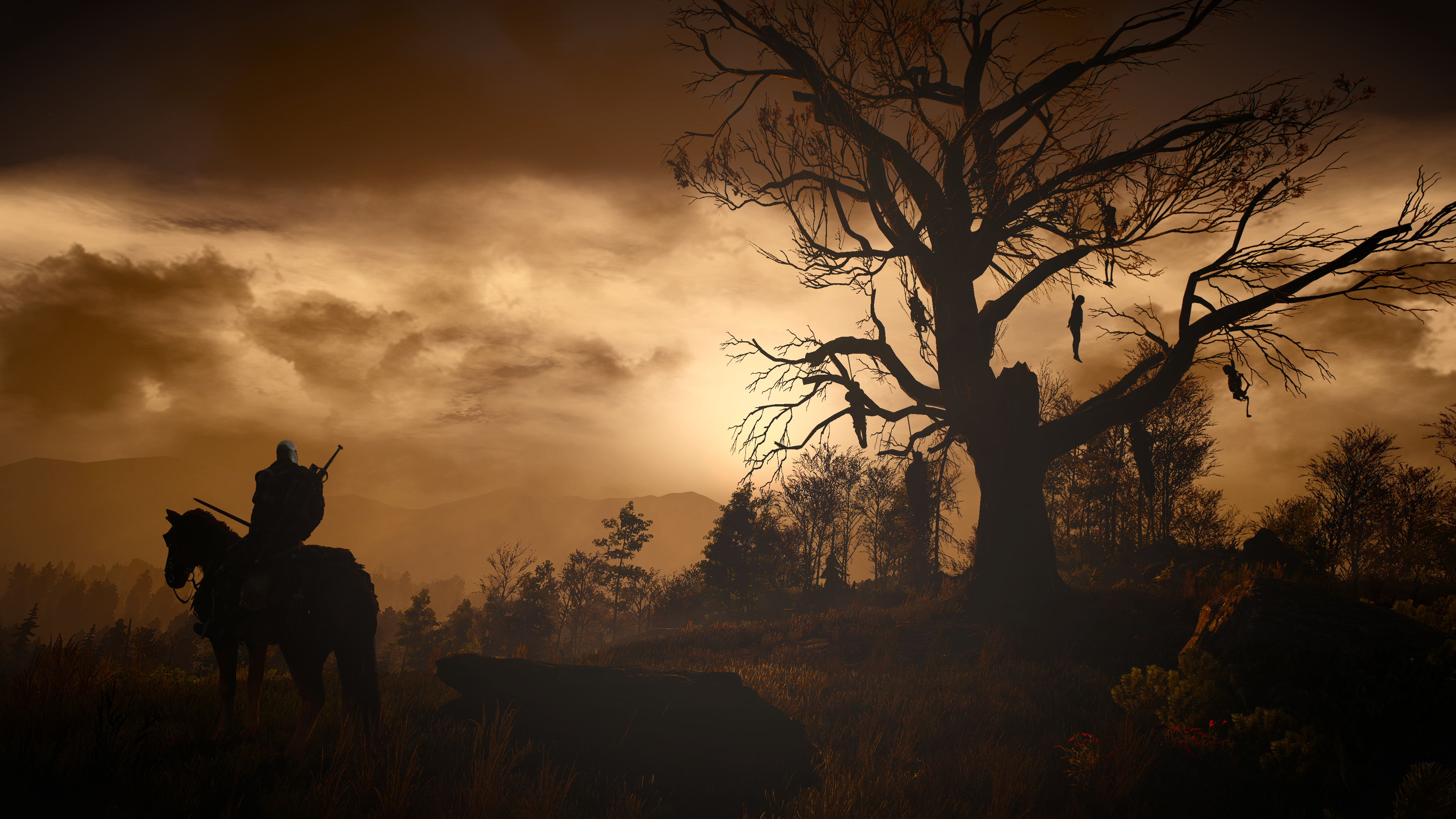Yesterday, I spent some time helping my brother on a development project he had for school. It’s going well, but it’s going slowly and it reminded me a little bit of how I started out. I didn’t have anyone to teach me PHP, MySQL or HTML or Javascript and I got into the CSS game very late. I had to kind of figure things out on my own, based on tutorials and examples I could find online. I remember well that I couldn’t figure out how to grab some info from a database and present it on a screen until Paolo Marcucci, a.k.a. ThatPaolo, sent me a little snippet of code. I guess it all started with that one little snippet he sent me over IRC.
My brother has me to ask questions to, to give him examples, to teach him some best practices, and even though I’m a horrible teacher, with little patience and a bad eye for sensing whether or not he actually gets what I’m telling him or whether I should change my approach or wording, it’s already going way faster with him than it did with me in those first few months. It makes me wonder; how much time have I logged trying to figure all this stuff out? And was it worth it? I’ve had tremendous fun and satisfaction doing it, but I could also have gotten my master’s degree with all the time I spent figuring this out.
I also went back into some of my old code — I actually put a very old game I coded, which I dubbed GridRunner, but which isn’t anything more than a simple game of kamertje verhuren, back online — and most of that was pretty terrible and inefficient. I remember GridRunner failed because I didn’t know what an index on a table was, so after a few games got started, the speed of those games dropped to abysmal lows as the database ground to a halt. (Indexes have still not been applied at the time of writing, so if you’re going to follow that link, know that it might still be slow.)
To top it all off, I went through years of photos that I’ve collected over time. I looked ridiculous five years ago. So skinny, less fat as well as muscle tissue. How far I’ve come. In a nostalgic way I wish I could go back and make some different choices, but that would mean I’d also have to go through the pain of some of the things that happened that weren’t the consequences of some bad decisions I’ve made, like my parents dying, etc.
Some people say they don’t have any regrets. I think that’s nonsense. Sure, you make the best decisions with the information you’ve got at the time, but decisions are like code; if you can’t revisit your code, or your decisions, in six months and can’t improve it, it means you haven’t learnt anything in that time.
Regret just shows you how far you’ve come.

